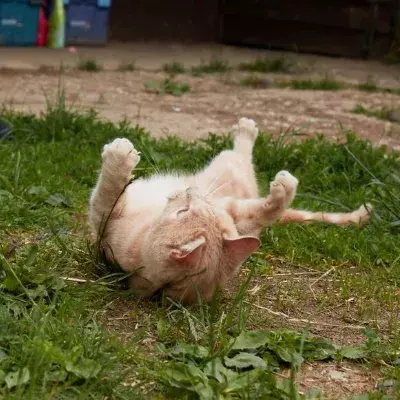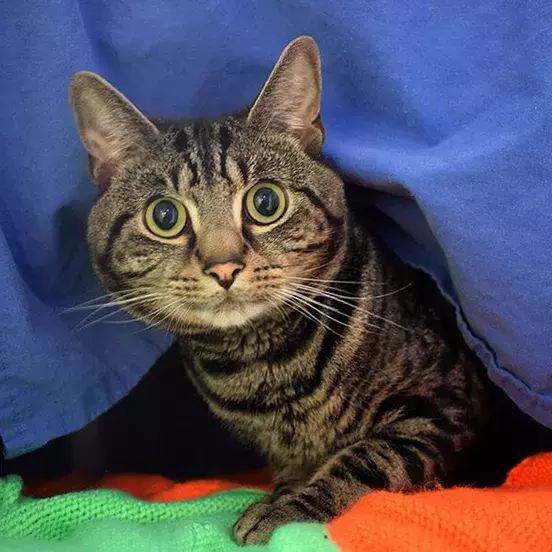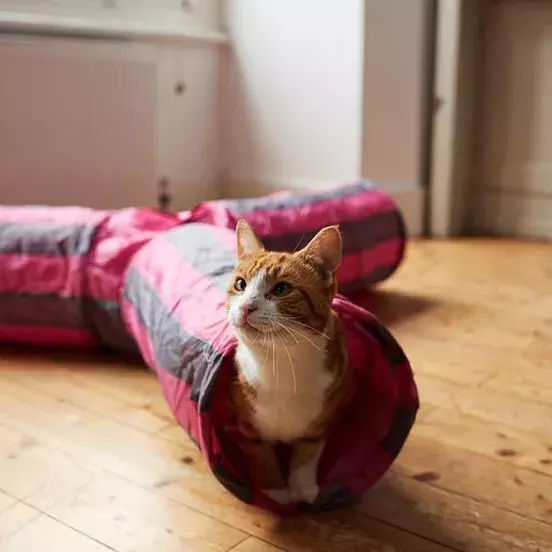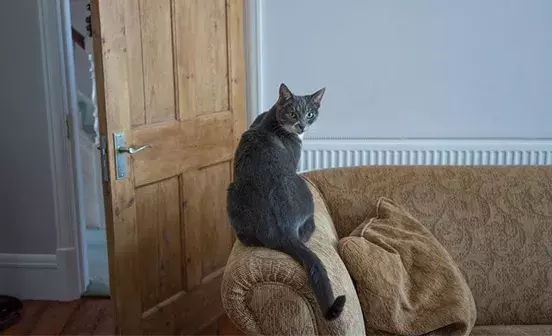Scents and smells are incredibly important to cats. Cats rely heavily on their sense of smell as they use scents to communicate, and also gather information.
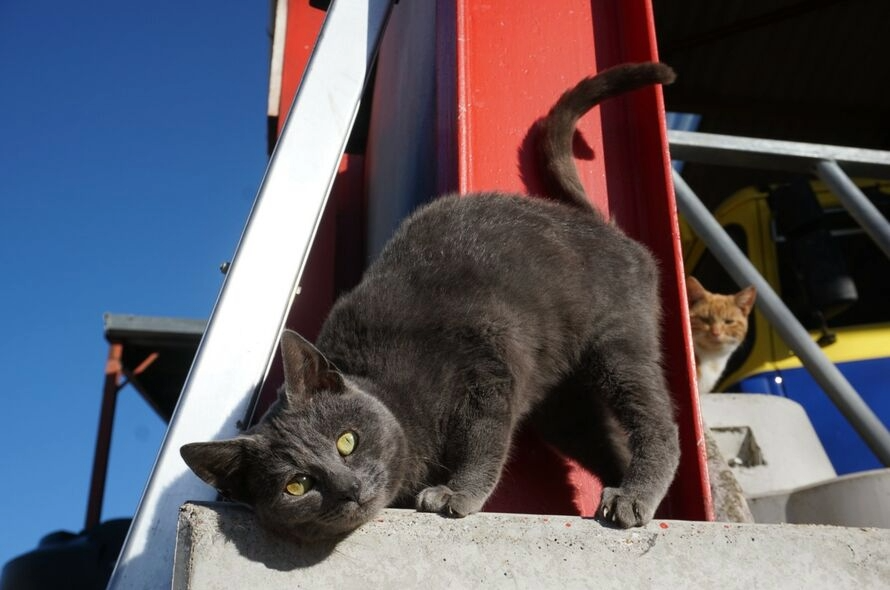
Cats produce various scents and can also detect them within their environment. Cats will use these smells to communicate important messages to other cats, and sometimes humans, although we may not understand what they mean. Cats find their own scent reassuring so will use it to make an environment feel more familiar.
WHY DO CATS RUB AGAINST YOU?
When a cat rubs against you, the corner of your furniture, or against new things you bring home, they are depositing their scent and making that thing, or you, smell more familiar to them. This is a way for your cat to reassure themselves and feel more comfortable about their environment. They also do this with other cats. Cats may rub with their face, the sides of their body, or their tail, and they also deposit these scents from between their toes when scratching.
The scent cats rub against you contains pheromones which essentially serve as chemical messages. Depending on the cat and the context, these ‘messages’ may be trying to communicate a range of different things, but are generally thought to be used by cats to:
- Maintain and secure a territory.
- Avoid other cats or avoid coming into conflict with them.
- Create a familiar physical environment (e.g. making the environment smell more familiar to the cat).
Create a familiar social environment (e.g. creating a group ‘scent profile’ whereby the scent of one cat may be mixed with the scent of other cats, animals or even people). - Advertise when a cat is ready to mate
If a cat feels that their territory is not completely safe or secure, they may spray urine and/or scratch on prominent surfaces. When they go to the toilet, they may leave it uncovered in obvious places. This is called middening. The cat will do this wherever they feel the perceived “threat” is coming from.
WHERE DO CATS PRODUCE SCENTS FROM?
Cats have special scent glands right across their body, including:
- Around their chin
- Whiskers and cheeks
- At the base of their ears
- Along the length of their ears
- Between their toe digits
- At the base of the tail
- Along the length of their tail
HOW CAN I HELP DE-STRESS MY CAT USING THEIR OWN SENSE OF SMELL?
-
When taking your cat to the vet, a cattery, a new home, or any other new environment, take a blanket that the cat uses regularly to provide them with a familiar, reassuring scent.
-
You can also use synthetic versions of some of the pheromones your cat produces to help them feel more secure in various situations, for example when introducing the cat to a new environment or to new cats, dogs, people or babies. Take a look at What is Feliway® and how should I use it? for more information.
-
If you’re introducing your cat to a new member of the household, e.g. a new cat, dog, or baby you can try ‘scent swapping’ to help them become more familiar with the smells ahead of meeting the new arrival. Please see the following advice pages for more information:
Introducing your new cat to an existing cat
Introducing cats and dogs
Introducing cats and children -
If one of your cats has been away from the home for a period of time (e.g. they had a visit to the vet), they may smell differently to your other cats when they return. It may be worth initially keeping the returning cat separate from the other cat(s) for a little while, or gently stroking the returning cat with a blanket containing the scent of the other cats so that they start to smell more familiar again.
- If your cat is particularly timid and you notice that there are unwanted cats from your neighbourhood intruding into your garden, you could try and ‘midden’ on your cat’s behalf. Place some of their used litter around the perimeter of your garden but be mindful of other members of the family who may come into contact with it. This will help your cat to mark their territory.
